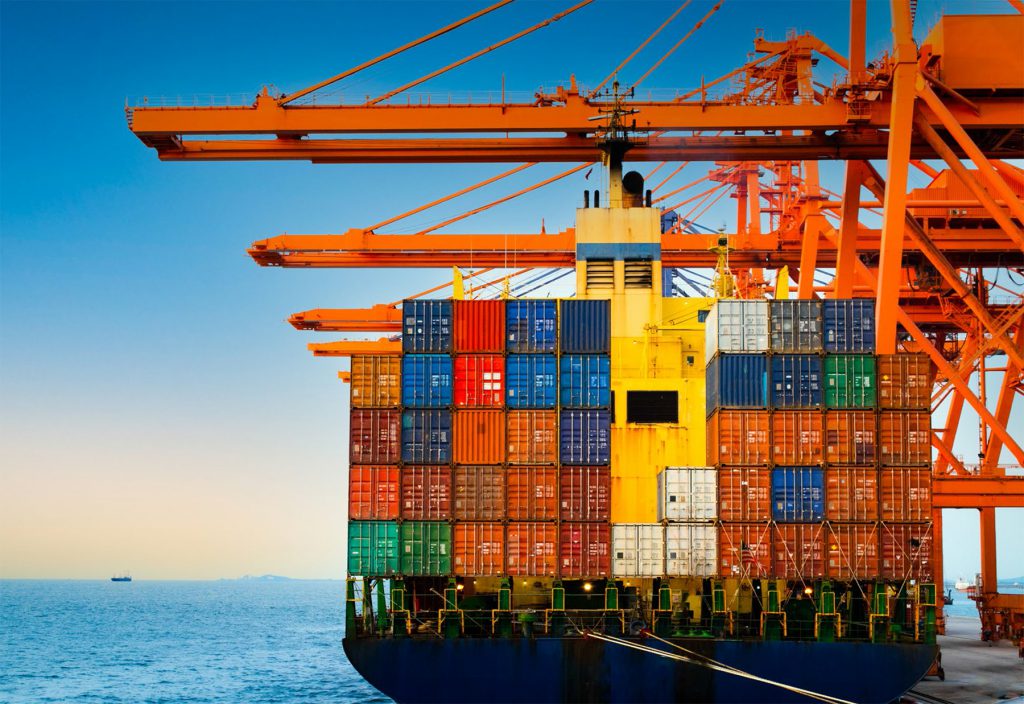
Enhancing connectivity and maritime trade: Keith Bernard sets goal to expand Colombo Port's capacity to 15 million TEU
7 months ago
Enhancing connectivity and maritime trade: Keith Bernard sets goal to expand Colombo Port's capacity to 15 million TEU

Plans are underway to transform Trincomalee into an industrial port, while the Kankesanthurai (KKS) port is set to be developed in collaboration with India. To guide these developments, a comprehensive national maritime policy must be formulated and approved. With India's new deepwater ports on the horizon, there is potential for these to complement rather than compete with Sri Lanka's ports, enhancing regional traffic.
The Sri Lankan shipping industry should embrace a more open mindset, particularly by revising the legal framework to allow global shipping lines and salvage operators to establish a direct presence in the country.
The Sri Lanka Ports Authority (SLPA) is actively pursuing strategies to advance the nation’s maritime ambitions, including a significant expansion of Colombo Port's capacity from the current 8 million Twenty-foot Equivalent Units (TEUs) to 15 million TEUs in the coming years.
Colombo Port was recently recognized by Alphaliner as the best-performing port worldwide for the first quarter of 2024, marking a milestone achievement under SLPA Chairman Keith Bernard's leadership. Celebrating the SLPA’s 45th anniversary, Bernard reflected on the port’s journey, emphasizing the vision and hard work that have driven its success, while outlining bold plans for the future.
Looking ahead, Bernard highlighted two major terminal projects—the East Container Terminal (ECT) and the West Container Terminal (WCT)—which are expected to play crucial roles in elevating Colombo's status as a key transshipment hub in South Asia. With these projects, the SLPA aims to increase Colombo Port's capacity to 15 million TEUs by 2030, further cementing its role as a regional maritime leader.
The SLPA also plans to revitalize other ports across the country, with Galle poised to become a hub for marine tourism and Trincomalee targeted for industrial development. Meanwhile, the KKS port will benefit from Indian investment, enhancing connectivity and regional trade. The port of Oluvil, despite challenges with silting, is also on the SLPA's radar for future development.
As Sri Lanka strives to transition from a regional transshipment hub to a global maritime hub, the SLPA is taking steps to enhance logistics capabilities and attract international stakeholders. A national maritime policy, currently in the works, will be key to these efforts. Additionally, Bernard noted that India’s upcoming deepwater ports could create new opportunities for collaboration rather than competition, potentially driving more international traffic to the region.
To strengthen Sri Lanka’s position in the global shipping industry, Bernard advocates for a more flexible regulatory environment that would allow international shipping lines and salvage companies to establish operations in the country, with the Colombo Port City offering an ideal location for such ventures. These changes, coupled with ongoing infrastructure investments, could significantly boost Sri Lanka’s maritime sector, ensuring sustained growth and development.
Source: The Morning